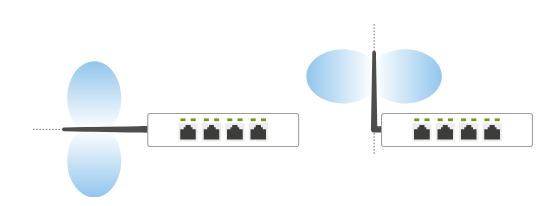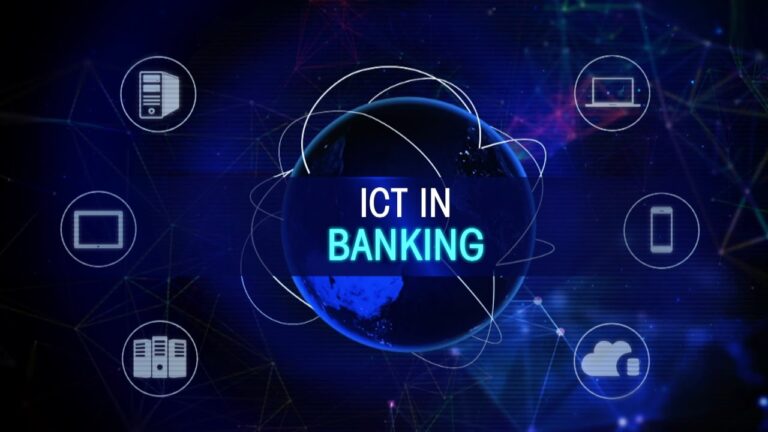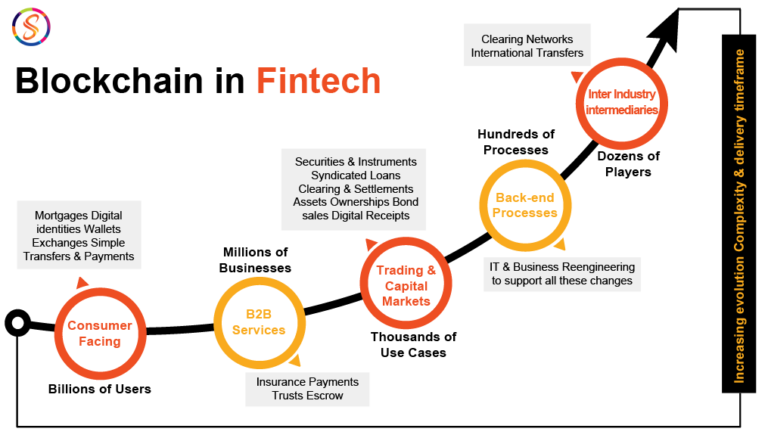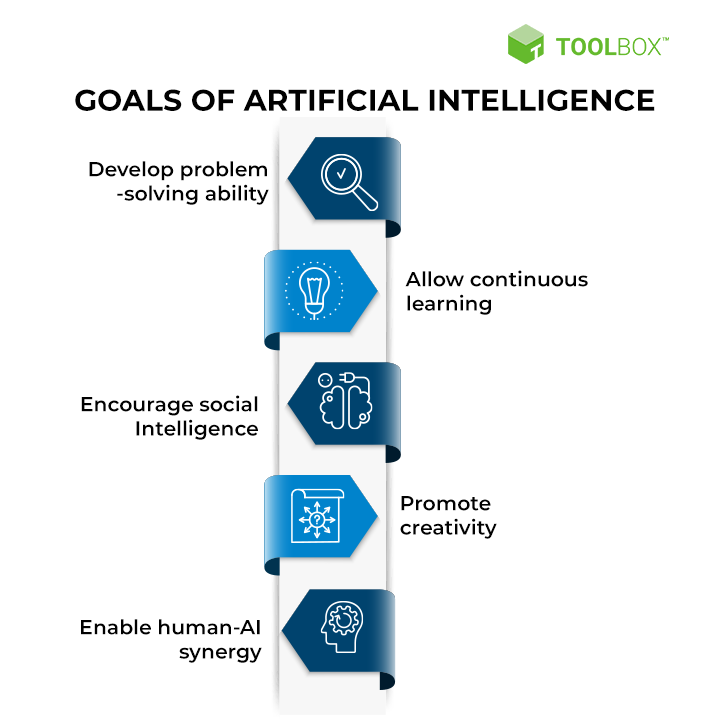Is 6G A Reality?
6G technology is an emerging technology that promises to revolutionize the way we use the internet. It is being developed as an upgrade to 5G technology, which is currently being rolled out in many countries around the world. 6G technology is expected to be faster, more reliable, and more secure than its predecessor. It promises to provide new possibilities for data transmission, communication, artificial intelligence, and virtual reality. As of now, 6G is still in its early stages of development and is not expected to be deployed for a few more years. However, the potential of 6G technology is already exciting many, and it will be interesting to see how it will shape our future.
What is 6G?
As the world continues to move forward with technological advancements, it is no surprise that 6G has become a reality. 6G, which stands for sixth generation of wireless communication, refers to the sixth generation of cellular network technology that is expected to arrive by 2028. 6G is expected to be faster, more reliable, and more secure than any of its predecessors. It promises to revolutionize the way we communicate, shop, and work, with ultra-high speeds, ultra-low latency, and unprecedented levels of security and reliability. It is expected to offer speeds of up to 1 Terabit per second, which is a hundred times faster than the current 5G networks. 6G will also bring about new applications and services that will revolutionize the way we communicate, work, and live. With its expected launch in 2028, 6G is set to become the new normal for communication, and will undoubtedly bring us into the future.
Advantages of 6G Technology
The 5G network has revolutionized the way we communicate, and we are now exploring the possibility of 6G technology. 6G technology promises to provide faster speeds, reduced latency, and improved network security. It also has the potential to open the door to entirely new applications and services that can benefit both businesses and consumers. But what are the advantages that 6G technology can offer over 5G?
Firstly, 6G technology has the potential to offer significantly faster speeds than 5G, allowing users to download large datasets in a matter of seconds. This can enable faster and smoother streaming services, as well as improved gaming experiences.
Secondly, 6G technology has the potential to offer lower latency than 5G. This would allow for quicker communication between devices, making it easier for users to interact with connected devices in real-time.
Thirdly, 6G technology has the potential to offer improved network security. It could provide better encryption, authentication, and authorization processes, as well as improved user authentication and identity management.
Finally, 6G technology has the potential to open the door to new applications and services that can benefit both businesses and consumers. These applications and services could include virtual reality, autonomous vehicles, and even space exploration.
In conclusion, 6G technology has the potential to offer a wide range of advantages over 5G. With faster speeds, lower latency, improved network security, and exciting new applications, 6G technology could be the next step in the evolution of communication technology.
Disadvantages of 6G Technology
The introduction of 6G technology is an exciting prospect, but it is important to consider the possible drawbacks that may result from its implementation. 6G technology is expected to bring many advances in communication, but there are also some disadvantages to consider. This article will explore the potential drawbacks of 6G technology, including security risks, financial costs, and potential health risks.
To begin with, 6G technology could potentially be vulnerable to security threats. As 6G technology is based on the fifth generation of mobile communication standards, it is expected to be considerably more powerful than previous generations. With this increased power comes an increased risk of security breaches, as hackers may be able to exploit vulnerabilities in 6G networks more easily than with previous generations.
In addition, 6G technology may be expensive to implement. As the technology is still in the early stages of development, it is expected to require a significant investment in infrastructure and research. As a result, it may be difficult for smaller companies and organizations to afford the cost of adopting 6G technology.
Finally, there is a concern that 6G technology could have a negative impact on human health. The radiation emitted by the devices used in 6G networks may be potentially harmful, and more research is needed to determine the extent of the risk. If the radiation is found to be dangerous, then it could lead to significant health issues for those exposed to it.
In conclusion, 6G technology has the potential to bring many advances in communication, but it is important to consider the potential drawbacks before implementation. Security threats, financial costs, and potential health risks are among the potential drawbacks of 6G technology that should be taken into account.

Challenges for 6G Development
The development of 6G technology is an ambitious undertaking that requires major investments in research and development. Despite the promise of faster speeds, improved reliability, and lower latency, the technology faces several challenges. These include the need for increased spectrum access and allocation, the development of new radio access technologies, and the need for improved security standards. Furthermore, the development of 6G technology requires the integration of numerous disparate components, including hardware, software and networks. This means that significant investments in both research and development must be made in order to ensure that this technology is viable. Additionally, the complexity of 6G technology requires the development of new skills and knowledge in order to ensure its successful deployment. As 6G technology continues to evolve, it is essential that the necessary resources be allocated in order to ensure its successful development and implementation.
Applications of 6G Technology
As 6G technology continues to develop, the applications of this revolutionary new technology are becoming more and more impressive. With 6G technology, it is possible to achieve higher speeds, better performance, and a more secure connection than ever before. Whether it’s for businesses or consumers, 6G technology offers a range of potential applications and advantages that can revolutionize the way we communicate and interact with the world.
For businesses, 6G technology can provide a secure connection for both internal and external communication. This could be in the form of a private network, allowing for secure communication between different departments. 6G technology could also be used to streamline customer service, with faster response times and more reliable connections. For consumers, 6G technology could be used to stream video and audio content at higher speeds than ever before, as well as providing better coverage in areas with spotty service.
For the medical field, 6G technology could be used to improve patient care and communication. By providing a secure and fast connection, medical professionals could easily access patient data and communicate with one another. Additionally, 6G technology could be used to transmit medical data in real-time, providing faster diagnoses and treatments. In the automotive industry, 6G technology could be used to improve safety by providing high-speed communication between vehicles. This could help prevent accidents and improve overall road safety.
Overall, 6G technology has the potential to revolutionize the way we communicate and interact with the world. By providing faster speeds, better performance, and more secure connections, 6G technology could be used in a variety of applications, from businesses to consumers to the medical field. The possibilities are truly endless, and it will be exciting to see what 6G technology can offer us in the near future.
Conclusion
As 6G remains in its early stages of development, it is clear that the technology is far from being a reality. While the potential of 6G technology is high, the implementation of such a complex system is no small feat. It will take years of research and development, investments in the necessary infrastructure, and a unified collaboration between scientists, engineers, and governments to ensure that 6G will become a reality. Nevertheless, there is no denying that 6G is the future of the telecommunications industry, and its potential to transform our lives is immense. As the research and development of 6G technology continues, the future of the telecommunications industry looks to be brighter than ever.
FAQs About the Is 6G A Reality?
1. What is 6G?
6G is the sixth generation of wireless technology. It is expected to be significantly faster than 5G, and it will enable an even more connected world with a whole range of new applications.
2. When will 6G be available?
The exact timeline for when 6G will be available is still being determined and will depend on the development of new technology and the availability of 6G networks.
3. What features will 6G offer?
6G will offer enhanced speeds, improved security and reliability, and a range of new applications and services. It is also expected to be more energy efficient than previous generations of wireless technology.
Conclusion
6G technology is still in its early stages of development and is not expected to become a reality for several more years. Although 6G technology offers the potential for faster connection speeds and higher data rates than ever before, many of the technologies required to make it a reality are still in the research and development phase. As such, it is impossible to predict when 6G technology will become a reality. However, with advancements in technology continuing to occur at a rapid pace, it is likely that 6G technology will become a reality sometime in the near future.





